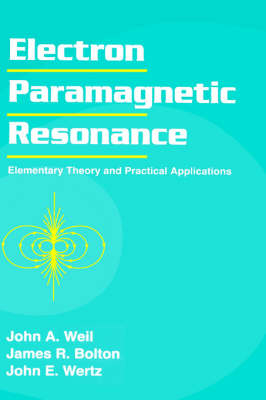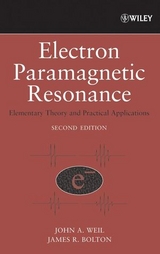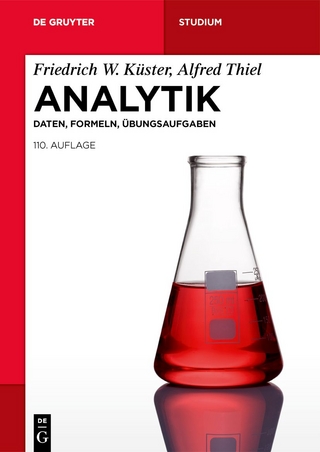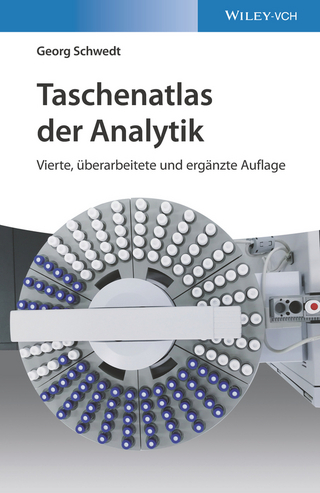
Electron Paramagnetic Resonance
John Wiley & Sons Inc (Verlag)
978-0-471-57234-3 (ISBN)
- Titel ist leider vergriffen;
keine Neuauflage - Artikel merken
Focusing primarily on isolated paramagnetic species, Electron Paramagnetic Resonance is designed to provide senior undergraduate and graduate students as well as professionals with the essential understanding needed to use this technique and be active in various specialized fields of interest. Electron Paramagnetic Resonance enables those with no previous background in quantum mechanics to gain a fundamental grasp of EPR. It helps those with moderate training to acquire more sophisticated mathematical and quantum-mechanical skills and a knowledge of powerful theoretical and experimental techniques--tools that will allow them to interpret a wide range of EPR spectra. This important work also introduces many exciting new EPR developments in progress, including time-resolved spectroscopy, which involves the acquisition of EPR data for short-lived species. In addition, it highlights the increasing complexity of the experimental equipment currently used, including spectrometers that operate both in the classical continuous-wave mode and in pulsed mode.
This book also discusses how computers can direct spectrometer control and data acquisition, analyze data to yield to underlying parameters, and produce accurate simulated spectra. Readers will acquire a heightened historical appreciation of the EPR technique, discovering how EPR studies have: * confirmed the existence of triplet states, establishing that new adsorption bands observed in optical spectra following excitation by light of certain molecules arise from the unpairing of electron spins * identified chlorophyll radicals as the primary donor in the photosynthesis process, as well as other key intermediates in this reaction * clarified the structure and function of systems of biomedical interest, including oxygen carriers and various enzymes * uncovered paramagnetic species in insulators and semiconductors and described their environment * facilitated chemists' investigation of reaction mechanisms Complete with problem sets and concise bibliographies at the end of each chapter, as well as tutorial mathematical and quantum-mechanical appendices, this book is must reading for aspiring scientists in the field of physical chemistry and spectroscopy.
Using this book, you will be able to gain a fundamental grasp of EPR--even if you have no previous background in quantum mechanics. This important work also helps those with some training to acquire more sophisticated mathematical and quantum-mechanical skills and a knowledge of powerful theoretical and experimental techniques--tools that will allow them to interpret a wide range of EPR spectra. You'll find out about many exciting new EPR developments in progress, including time-resolved spectroscopy, which involves the acquisition of EPR data for short-lived species. This book also discusses computers that direct spectrometer control and data acquisition, analyze data to yield to underlying parameters and produce accurate simulated spectra. Complete with problem sets and concise bibliographies at the end of each chapter, this book is must reading for aspiring scientists in the field of physical chemistry and spectroscopy.
JOHN A. WEIL is Professor of Chemistry at the University of Saskatchewan and an active international researcher in the field of EPR. JAMES R. BOLTON is Professor of Chemistry at the University of Western Ontario. He is a well-known authority in the fields of magnets and photochemistry. He is coauthor (with John E. Wertz) of ESR: Elementary Theory and Practical Applications. JOHN E. WERTZ is Professor Emeritus of Chemistry at the University of Minnesota in Minneapolis and has published important research in EPR. He is coauthor (with James R. Bolton) of ESR: Elementary Theory and Practical Applications.
Basic Principles of Electron Paramagnetic Resonance; Magnetic Interactions Between Particles; Isotropic Hyperfine Effects in EPR Spectra; g-Anisotropy in Solids; Hyperfine Anisotropy in Solids; Systems with More than One Unpaired Electron; Paramagnetic Species in Gas Phase; Transition-Group Ions; The Interpretation of EPR Parameters; Relaxation Times, Linewidths and Kinetic Phenomena; Time-Dependent Excitation of Spins; Double-Resonance Techniques; Other Topics.
| Erscheint lt. Verlag | 28.3.1994 |
|---|---|
| Zusatzinfo | tables |
| Verlagsort | New York |
| Sprache | englisch |
| Maße | 161 x 243 mm |
| Gewicht | 879 g |
| Themenwelt | Naturwissenschaften ► Chemie ► Analytische Chemie |
| ISBN-10 | 0-471-57234-9 / 0471572349 |
| ISBN-13 | 978-0-471-57234-3 / 9780471572343 |
| Zustand | Neuware |
| Informationen gemäß Produktsicherheitsverordnung (GPSR) | |
| Haben Sie eine Frage zum Produkt? |
aus dem Bereich



